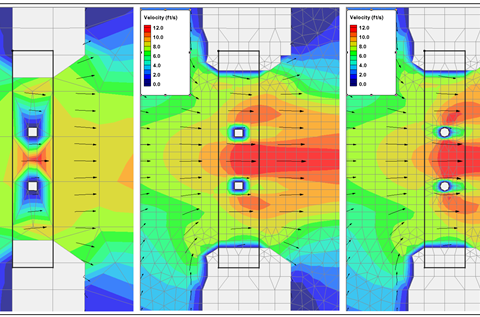Video
Rocking it!
Using hydraulic modelling results for rock sizing.
About
What are the merits of force-based rock sizing methods versus velocity-based methods? Given the availability of increasingly detailed 2D and 3D modelling results, is your terrain data and hydraulic model mesh the correct resolution for the analysis in question? Do you have a good understanding of the applicability and limitations of rock sizing equations prior to their use? What are the potential pitfalls of placing too much trust in your model results? Join us for an interactive discussion about best practices for using hydraulic modeling results for rock sizing.
Presenters
Casey Kramer
Natural Waters
Casey Kramer is a recognized expert in the fields of hydrology, hydraulics, scour, river engineering, sediment transport and fish passage, while specializing in the hydraulic design of transportation ... Read more
Krey Price
International Water Training Institute
Educated at the University of California at Berkeley, Krey is a civil engineer and project manager with international experience in water resources. He is engaged in computational modelling, engineeri... Read more






